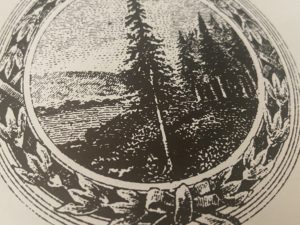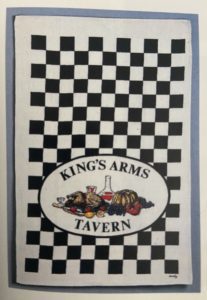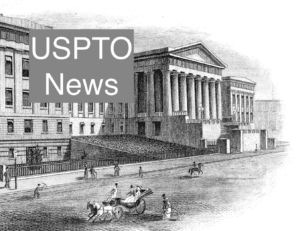As the United States approaches its 250th anniversary—officially the semiquincentennial in 2026—a familiar name in American graphic design has once again been called upon to mark the occasion: Chermayeff & Geismar.
In 1976, the firm created what became one of the most patriotic symbols of the 20th century. Their red, white, and blue Bicentennial star appeared on everything from postage stamps and televised public service announcements to NASA’s Viking Mars lander. The star—five interlocking bands forming a singular symbol—was modern yet rooted, abstract yet unmistakably American.
Above, a child in 1976, with the Chermayeff logo and Bicentennial bling on top of a Tallahassee building, from the Florida State Archives.

1976: Modernist Star and Civic Aspiration
The 1976 Bicentennial came during a time of national reflection. The U.S. had just emerged from the Vietnam War, the Watergate scandal, and widespread civil unrest. Despite this, or perhaps because of it, there was a collective effort to find common ground through shared heritage. The Bicentennial star served as a visual rallying point.
Chermayeff & Geismar, already well known for identity work with Chase Manhattan Bank, PBS, and Mobil, brought a clean, modernist sensibility to the Bicentennial brand. The star’s design embodied the best traditions of postwar American graphic design: clarity, simplicity, and memorability. It was instantly reproducible and scalable—a necessity in an era of physical media, where a design had to work as effectively on a parade float as it did on a postage stamp.
Chermayeff & Geismar, founded in 1957 by designers Ivan Chermayeff and Tom Geismar, emphasized simplicity and clarity. Ivan Chermayeff, son of architect Serge Chermayeff, and Tom Geismar, both Yale-trained designers, gained significant recognition throughout the 1960s and 1970s for redefining how corporations presented themselves visually. During this period, the firm created iconic identities such as the Chase Bank logo (1963), a bold blue octagon that abstractly conveyed stability and modernity. The company also Mobil logo (1964), notable for its clean typography and distinctive red “o.” It also reinvigorated the NBC peacock in the 1980s.
The firm had a number of other designers; Bruce Blackburn designed the United Banks of Colorado logo, a series of banks along the Rocky Mountains.
The logo transcended design to become a civic tool. It was embraced by local organizations, historical societies, and volunteer groups across the country. One curious and beloved result was the wave of fire hydrants painted as Minutemen by scout troops and civic clubs. In places like Florida, historical archives contain dozens of photos capturing this grassroots spirit—communities literally painting patriotism into the public square.
2026: A New Symbol
Nearly fifty years later, the same design firm—now Chermayeff & Geismar & Haviv—returned with the new logo for America 250, which is now appearing across the U.S. The design is a contemporary reinterpretation of the star. The official tagline positions the project as “the most inclusive commemoration in American history.”

Graphically, the new logo reflects current design priorities. It is modular, adaptable, and optimized for both digital and physical environments. The 1976 star was anchored in the traditions of mid-century modernism and redacted logos. The 2026 version is responsive to today, where a logo must work across a social media avatar as easily as it does on official government signage.
Chermayeff & Geismar’s involvement in both anniversaries is a testament to the firm’s longevity. Historically, major American anniversaries have sparked waves of nostalgic revival. The Centennial in 1876 brought about an interest in colonial furnishings and patriotic art. The Bicentennial in 1976 inspired a similar aesthetic shift, with red-white-and-blue motifs infiltrating fashion, advertising, and home decor.








